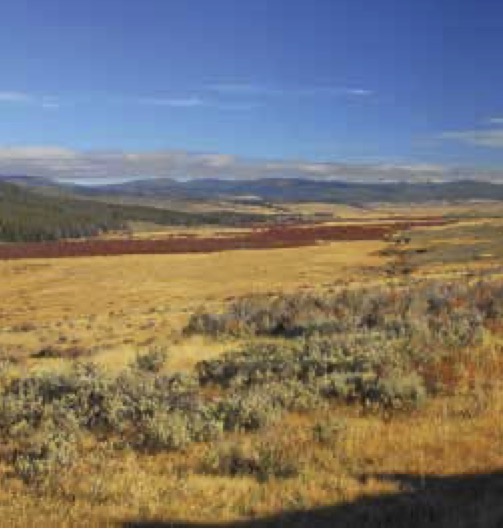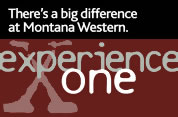|
Honors Program: A pathway to excellence.
HONR 100/200/300
Natural and Human History of Southwest Montana Parks
Course Description
Natural and Human History of Southwest Montana Parks explores municipal, state, and federal public spaces through the crossdisciplinarity study of natural science and environmental history. Using historical documents, academic research in the natural sciences and history, field study in the natural sciences, and field exploration in southwest Montana Parks, students will cultivate a deep understanding and appreciating of the interconnectedness of Earth’s natural resources and processes and the pre-contact and historical settlement, land use patterns, and development of Montana and the American West.
Course Objectives
1) Understand and be able to describe the various connections between natural and human history in southwest Montana. Gain a greater understanding of the environmental processes shaping the distribution of resources in southwest Montana. Gain a greater understanding of the historical context of development of southwest Montana and the American West.
2) Develop the ability to evaluate secondary academic scholarship and historical documentation, and use quantitative, geographic, and observational data to analyze the natural processes that create and shape our environment.
3) Demonstrate the ability to formulate a research question, complete research in primary and secondary sources, and write an original research paper based upon themes explored in the course.
4) Refine abilities to verbally express their ideas clearly and also their ability to lead an academic discussion
Travel
Each week students will explore the natural and human history of a southwest Montana park, which will culminate in a field study to that location. Students will explore and evaluate the interconnectedness of the physical and historical landscape while applying the information learned from more traditional academic sources. In addition, students will pick a topic of interest related to the field trip location and combine the environmental science with the historical events. For example, a field trip to Lewis and Clark Caverns State Park could result in a project about the formation of limestone caverns (depositional environments, lithologic properties, etc.) and how different inhabitants used them (agricultural storage, safety, ceremonial, tourism, etc.). Conversely, a fieldtrip to Bannack State Park could result in a project about the natural resources (mountain building, ore deposits) related to boom-and-bust cycles.
_____________________________________
Substitutions:
GEOLOGY:
*GEO 101 Introduction to Geology (for all but Elementary Education majors)
GEO 394 Topics in Environmental Science
HISTORY:
*HSTA 294 History
_____________________________________
* General Education Substitutions
Instructors: Dr. John Henris and Dr. Lorrie Carnes
Time: Spring 2025, Block 7. Block course (AM), with local travel each week.
|

 << back
next>>
<< back
next>>

